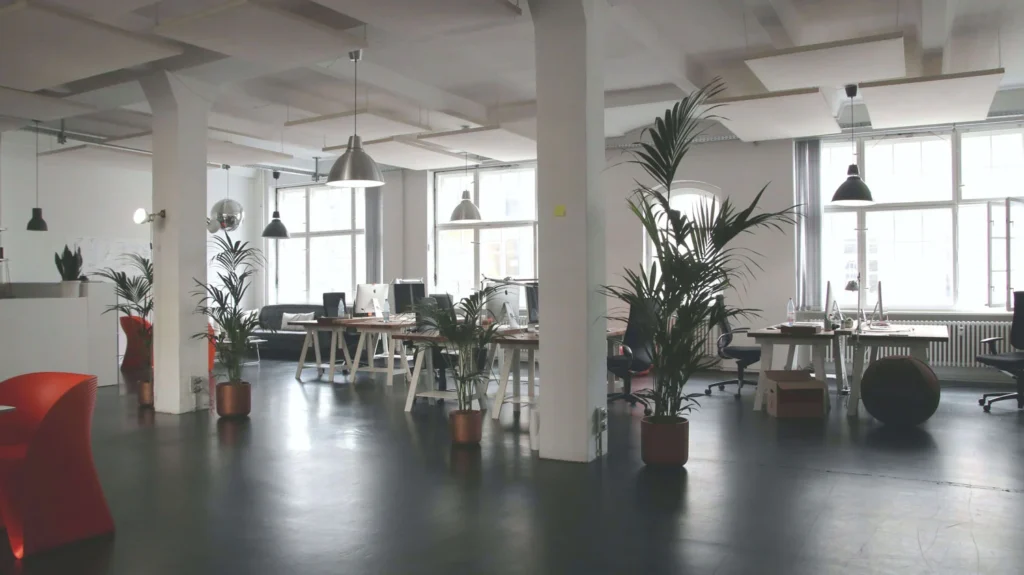Sustainable design is about creating products, buildings, and systems that not only serve their intended purpose but also consider the planet, society, and the economy in a holistic way. While many associate it with recycled materials, comprehensive sustainable design goes far beyond that. It is about sustainable design principles that combine ecology, economy, and community well-being.
Here are some insights and ideas to inspire your journey toward sustainable living, including some lesser-known but easy-to-apply principles. These align with sustainable development goals, encouraging both individuals and organizations to embrace a life-cycle sustainable design approach.
1. Design for Disassembly and Repair
Imagine a world where products are designed to be easily taken apart and fixed. Can you?
This approach extends the lifespan of items and reduces waste. It supports the circular economy, encouraging designs with modular components that can be repaired or upgraded. For example, the Fairphone allows users to swap out parts for a longer-lasting device. This reflects sustainable products for offices and homes, making them more adaptable and resource-friendly..
2. Harness Renewable Energy
Incorporating renewable energy sources has a significant impact. Solar panels, wind turbines, and geothermal systems can reduce our reliance on fossil fuels powering infrastructures and buildings.
This connects directly with passive building design and energy-efficient building design, which reduce carbon footprints and ensure long-term savings. For companies, adopting such solutions demonstrates corporate sustainability in action.
3. The Power of Natural Materials
Opt for renewable and environmentally friendly options like reclaimed wood and bamboo when choosing natural materials.
These choices not only reduce the environmental footprint but also enhance sustainable architecture by blending durability with beauty. Such materials also align with sustainable design standards integrated approach, ensuring eco-friendly practices are part of mainstream building strategies.
4. Consider Low-Impact Transportation
Sustainable office design holistic approach isn’t limited to interiors—it also extends to mobility and transportation. Think electric buses, bike-sharing programs, and eco-friendly urban planning. These reduce pollution and support sustainable development goals by lowering emissions.
5. Water-Wise Design
Efficient water use is another critical aspect of sustainable design. Low-flow toilets, rainwater harvesting systems, and water-efficient landscaping can make a substantial difference in conserving this precious resource.
These methods align with comprehensive sustainable design, ensuring water is treated as part of a larger circular economy where every drop is valued.
6. Promote Green Spaces
Urban areas can benefit from green spaces and parks, which improve the quality of life for residents while offering environmental advantages.
The High Line Park in New York City is an example of eco friendly and adaptive reuse, transforming an old railway into a thriving green haven. This reflects sustainable architecture that benefits both communities and ecosystems.
7. Adaptive Design
Create designs that adapt and evolve with changing needs. Products that can change their purpose or be transformed into something else are not only resource-efficient but also save money for consumers.
IKEA’s “buy-back” program for furniture is a great example of adaptability in design and ties directly into what is circular economy in practice. It keeps materials in use for longer and reduces unnecessary waste.By incorporating these insights into your projects, you can play a pivotal role in making the world greener and more resilient. Whether through corporate sustainability, sustainable architecture, or small everyday choices, every action contributes. Remember, comprehensive sustainable design is not just about reducing harm but about creating positive, lasting impacts for people and the planet.

